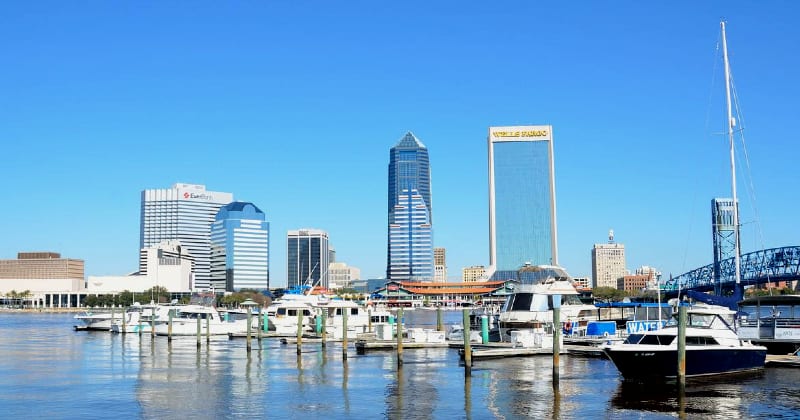Florida TaxWatch Evaluates Jacksonville's Green Infrastructure as … – Florida Daily
This week, Florida TaxWatch (FTW) released “Jacksonville’s Approach to Reducing Flooding and Stormwater Runoff Using Green Infrastructure.”
In this report, the taxpayer research institute evaluates green infrastructure – natural barriers, such as wetlands and urban forests, that provide additional support to man-made infrastructure – as a resource to help cities reduce flooding and stormwater runoff, citing recent city of Jacksonville projects as a case study.
Florida TaxWatch President and CEO Dominic Calabro weighed in on the findings.
“Floridians are all too familiar with the devastating impacts of heavy rainfall and severe storms like hurricanes. Man-made infrastructure alone clearly isn’t cutting it, and what’s more, it’s expensive, costing taxpayers between four and 19 percent more than natural systems. And these costs are only expected to increase as population growth creates more demand and puts added pressure on existing systems,” said Calabro. “Florida TaxWatch studied the city of Jacksonville’s successful green infrastructure initiatives, and the many benefits these systems – in conjunction with man-made systems already in place – have had on the community, including millions of dollars in taxpayer savings. That’s why implementing green infrastructure to the greatest extent possible has been a hallmark of our taxpayer cost-saving recommendations for over 40 years, and we strongly recommend that other cities invest in green infrastructure, now and in the future, to reduce the risks of flooding and stormwater runoff, build more resilient communities, and generate savings that may address other critical needs.”
Florida’s coastal communities are especially vulnerable to flooding and stormwater runoff. In downtown areas, where there is a large amount of pavement and fewer natural barriers, the man-made drainage systems are susceptible to becoming overwhelmed, and pooling stormwater can cause damage to streets and buildings. FTW also notes the stormwater may runoff into rivers, which negatively impacts local water quality.
According to FTW, man-made infrastructure, including dams, levees, retention ponds, and stormwater drainage systems, come at a significant cost to taxpayers, with state funding for coastal resiliency and flooding and stormwater runoff mitigation efforts totaling $300 million in Fiscal Year 2023-24. Operations and maintenance costs for current stormwater infrastructure systems will also cost the state – and ultimately taxpayers – an additional $7.7 million.
Establishing green, or non-structural, infrastructure to supplement man-made, or structural, infrastructure presents a solution to these issues, as demonstrated by the City of Jacksonville. By developing conservation areas and parks, unpaved lots, and urban tree canopies in recent years, Jacksonville has effectively reduced state government costs, property damage and associated costs, and pollution, while also improving water quality. In fact, the total savings from the city’s green infrastructure initiatives is estimated to be $112.8 million.

